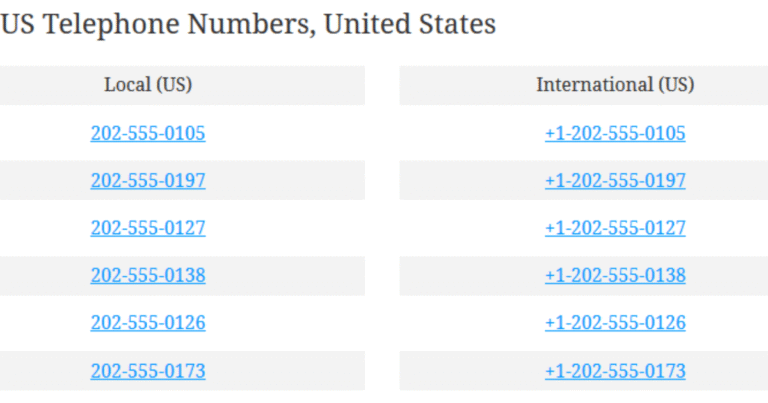
Security team investigates IP 185.63.225.200 after network alerts.
If you’ve spotted 185.63.225.200 in your firewall logs or analytics tools, there’s a reason to pause. This isn’t just random noise, it could be a suspicious IP address trying to infiltrate your network. Whether you’re an IT admin, cybersecurity analyst, or just someone managing a small business website, knowing how to investigate an IP like this is key to keeping your data safe.
What Makes 185.63.225.200 Look Suspicious?
Every second, bots, crawlers, and bad actors scan networks across the world. 185.63.225.200 might be one of them. You’ll usually find it showing unusual traffic spikes, failed login attempts, or repeated access to hidden parts of your website. These are red flags you can’t afford to ignore.
How to Trace an IP Like 185.63.225.200 Step-by-Step?
Check Server Logs
Start by checking your server logs. Is 185.63.225.200 showing up repeatedly? What pages is it accessing? How often is it pinging your site? Log behavior is your first clue.
Use WHOIS Lookup
Run a WHOIS search to see who owns 185.63.225.200. You might find information about the organization behind the IP, their contact details, and where it’s registered. If the data is hidden or sketchy, it’s another red flag.
Analyze Behavior Patterns
Is the IP acting like a bot or scraper? Is it mimicking user behavior to avoid detection? Look at:
- Frequency of requests
- User agent strings
- Pages accessed
These help you detect malicious traffic and filter it from genuine users.
Cross-Reference Threat Feeds
Use threat intelligence tools like AbuseIPDB, VirusTotal, or AlienVault to see if 185.63.225.200 has been flagged before. If others are reporting it, take action.
How to Block Harmful IPs Like 185.63.225.200?
Once you confirm it’s suspicious, blocking 185.63.225.200 is the next move. Here’s how:
- At server level: Use .htaccess, iptables, or firewall rules
- In CMS: Plugins like Wordfence (WordPress) allow IP banning
- Cloud Services: Platforms like Cloudflare let you block at the DNS level
This prevents any future attempts by that IP to reach your network.
What If It’s a False Alarm?
Not every IP threat analysis leads to a block. Sometimes 185.63.225.200 could belong to a legit service (like a search engine bot or CDN). That’s why investigation before action is vital. Blocking too quickly can mess up your SEO or break app functionality.
Best Practices to Stay Safe from Suspicious IPs
- Monitor your logs weekly
- Enable rate-limiting and WAF protection
- Educate your team on social engineering tactics
- Keep software, plugins, and platforms updated
Why EEAT Matters in Cybersecurity?
With Google’s EEAT (Experience, Expertise, Authoritativeness, Trustworthiness) update, your site needs to show credibility. That means offering real value, like practical security guidance not vague fluff. Linking to known sources, like One Parish, helps reinforce your trust level with Google and your readers.
Frequently Asked Questions
What is 185.63.225.200 and why is it in my logs?
185.63.225.200 could be a suspicious IP address attempting to access or probe your system. Logs reveal its behavior patterns.
How do I trace where 185.63.225.200 is coming from?
Use WHOIS lookup and IP geolocation tools to trace ownership and approximate location of the IP.
Should I block 185.63.225.200 immediately?
Not always. Investigate the IP using logs, behavior, and threat feeds before you block harmful IPs.
Can suspicious IPs damage my website?
Yes. They can try brute-force attacks, DDoS attempts, or exploit vulnerabilities. Always review logs for malicious traffic.






